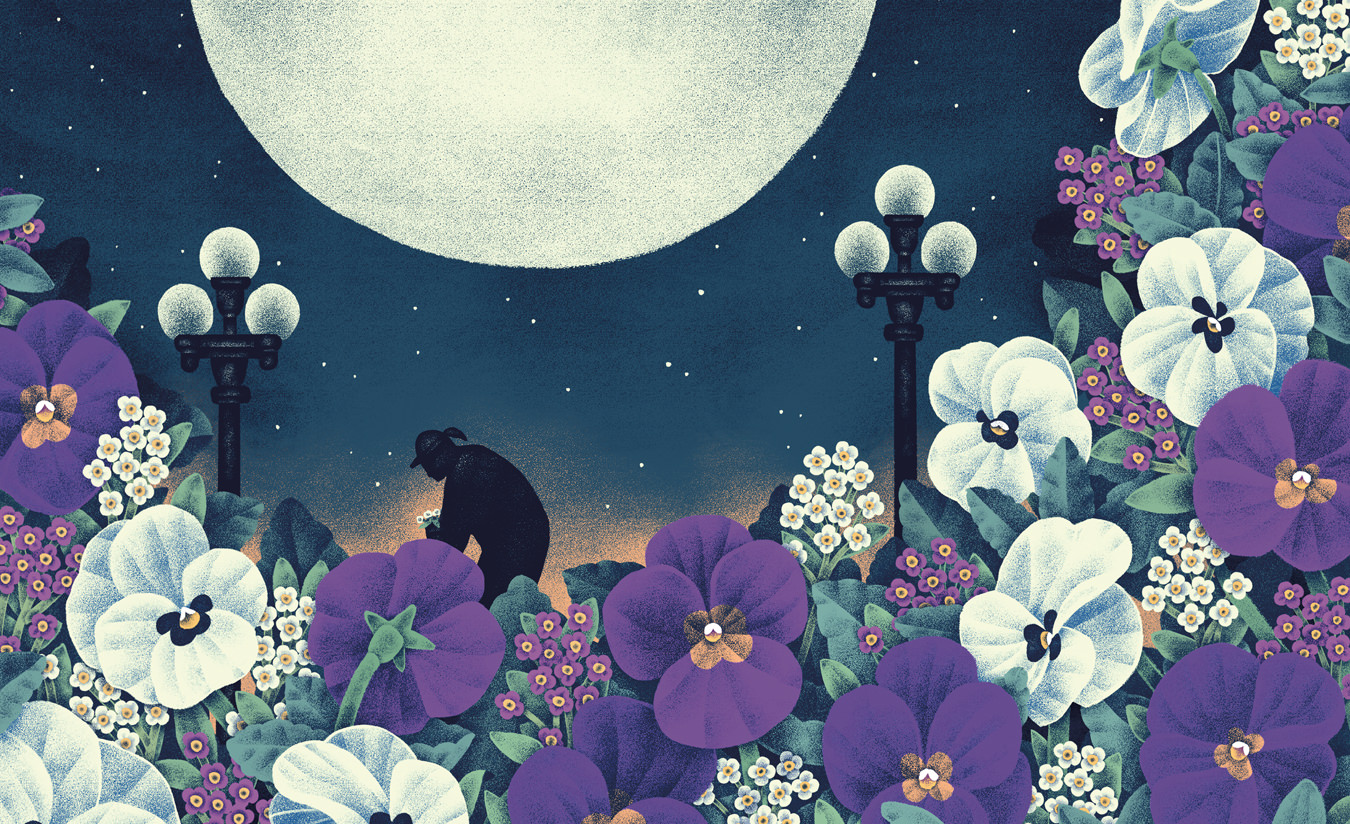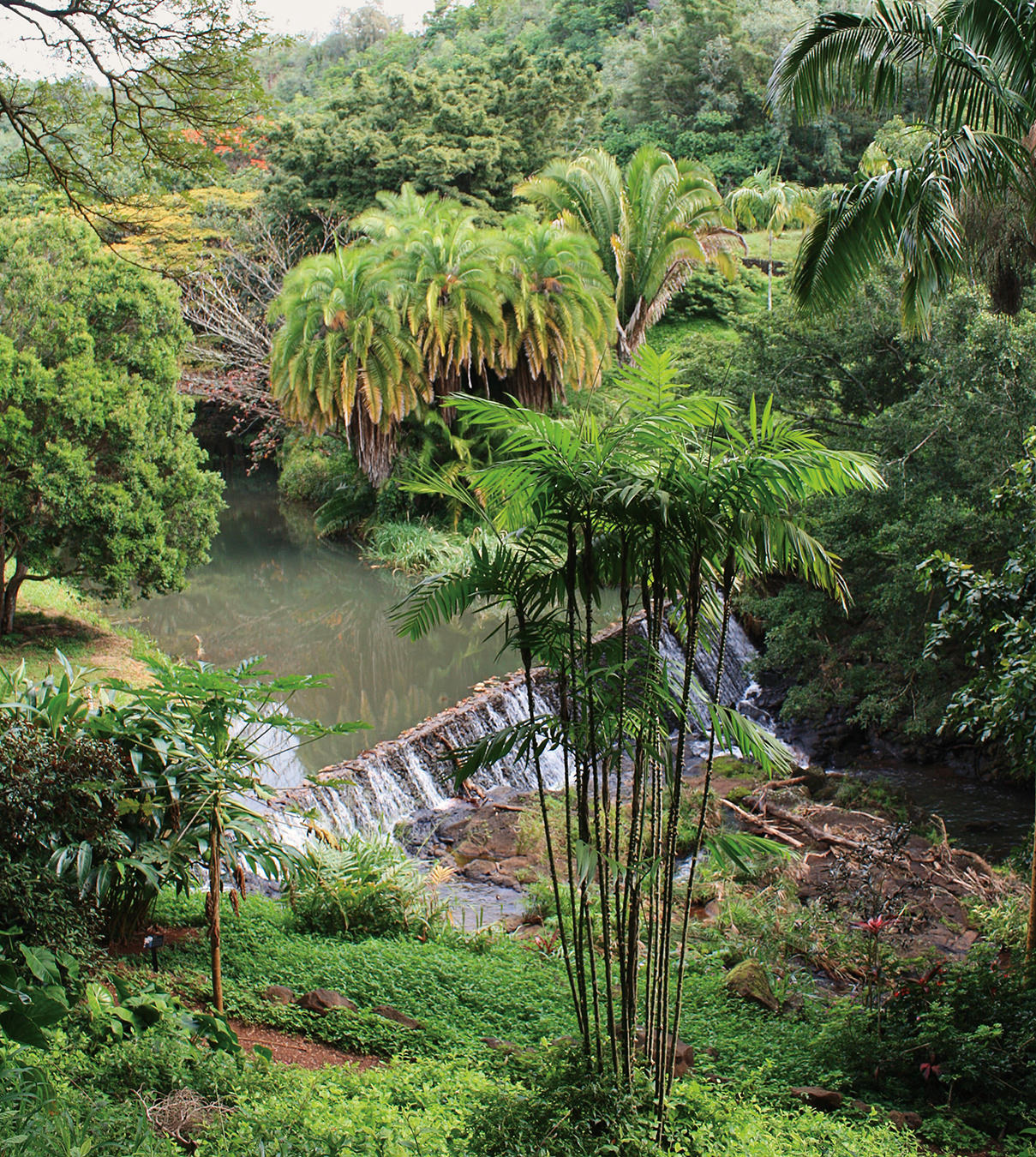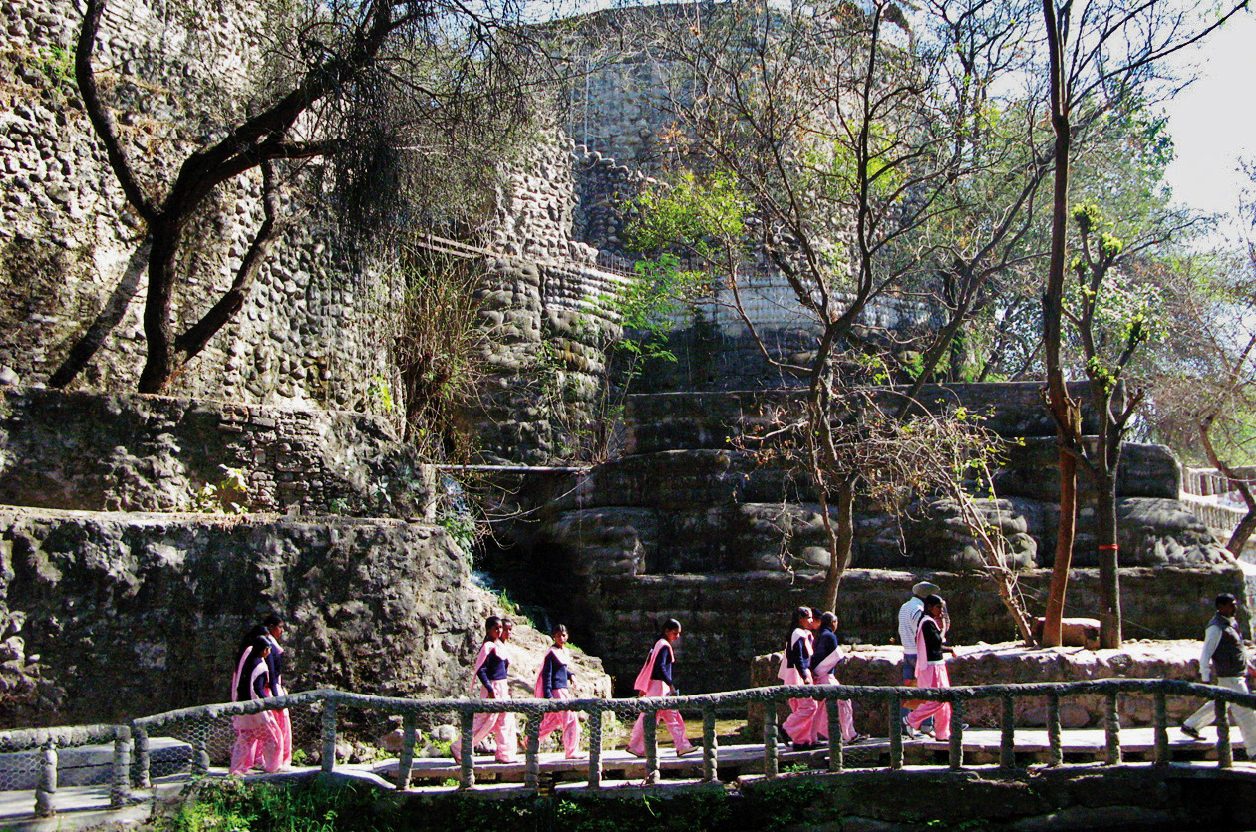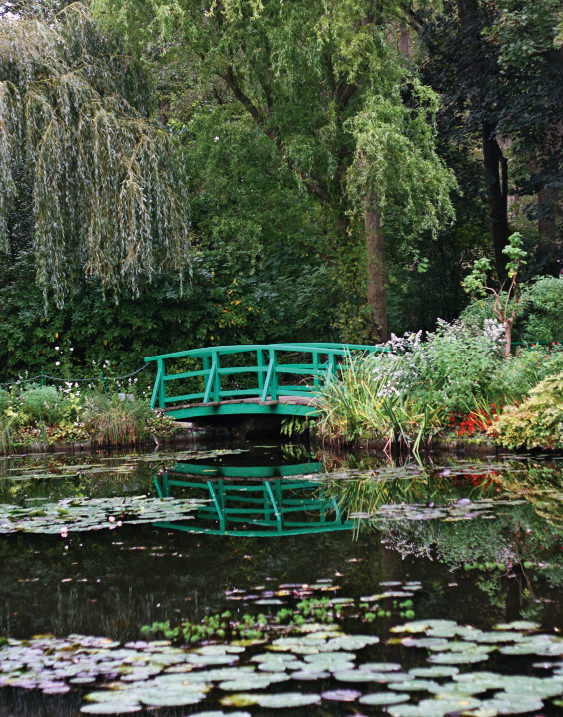Gardening by Moonlight
Night trowels.

Gardens are magical places in the true sense of magic: conjuring up marvellous and compelling results mostly by harnessing the secret forces of nature. And, aptly for magic, some intriguing gardening happens under the cover of night. By full moon, on the shores of the Indian Ocean, bats swing into the lush white dangling blossoms of a baobab grove to pollinate these garden sentinels. Similarly, when night flowers release their scent into London’s famous old walled Chelsea Physic Garden, bats flutter to this urban setting, intent on savouring the nectar and, by consequence, doing their key pollination work. Urban or wild, it’s all part of a great crepuscular gardening scheme, into which few humans ever intrude.
Most gardeners work by day, cajoling the shape of nature in a constant horticultural lexicon of seeding, potting, mulching, pruning, watering, and weeding. Only occasionally over the centuries have some folk ventured out to work in gardens at night. According to writings by the philosopher–plant expert Theophrastus, the ancient Greeks picked their citrons by moonlight. And during those few May early mornings and late evenings before the Oscars of the flower world, the RHS Chelsea Flower Show in England, instant Show Gardens and Fresh Gardens are built using such gorgeous specimens as a 40-year-old pear tree weighing five tons, which graced the 2012 Laurent-Perrier Garden.
Today, though, it’s when we visit a public garden in daylight that we are most likely to find a gardener talking to his or her plants, or, at least, absorbed with their well-being.
Though nature is random, here in this sunny California climate where nothing is left to chance, a case could be made that this floral anthem to a magic mouse is an apogee of human night gardening.
There is, however, one place in Southern California where gardeners work exclusively at night: at a theme park, where they are in the business of magic. Regular as clockwork, eight times a year, at two o’clock in the morning, high-powered spotlights ignite and workers don their headlamps, grab trowels, and get to work planting 4,000 individual plants that, depending on the season, can include alyssum snow crystals, Easter bonnet violets, viola penny violets, and penny white flowering plants. Using the blossoms as tiny dabs of colour like pointillist painters, they are tricking out a famous icon so that no soil shows. Flowers for the surrounding colours include species like poinsettias, marigolds, petunias, and begonias, just to name a few.
“We choose the white and purple violas and alyssum [for Mickey’s floral face],” says Evan Rathje, Disneyland Resort’s youthful horticulture manager, “because they have a long bloom time and rebloom so they don’t require any deadheading for the time they are in.” About four times a year a granular fertilizer is used on the plants that make up Mickey’s face, and a low-dose liquid fertilizer feed is added every two weeks. The resulting harmony is one of the most photographed annual bedding plant gardens in the world, all created and maintained by night.
Disneyland Resort contracts a year in advance with various nurseries in Southern California to provide more than one million plants for their 121 horticulture workers. Though nature is random, here in this sunny California climate where nothing is left to chance, a case could be made that this floral anthem to a magic mouse is an apogee of human night gardening.




